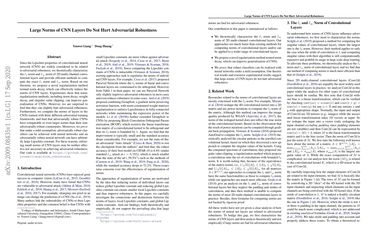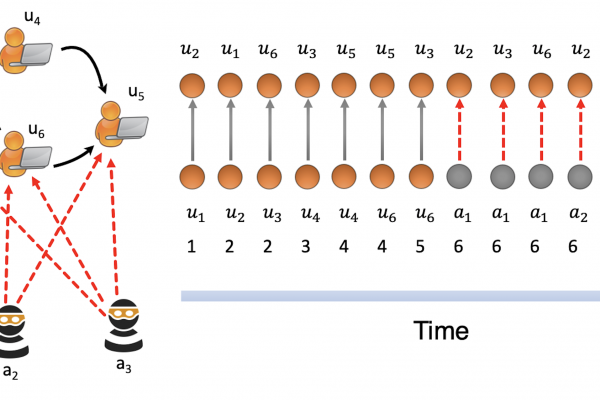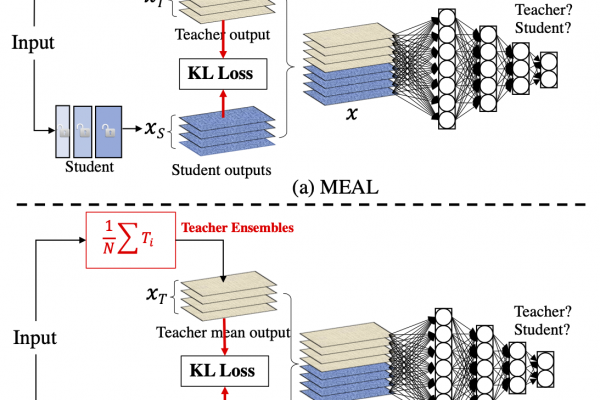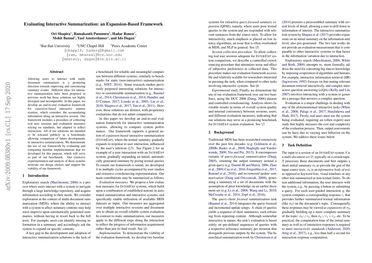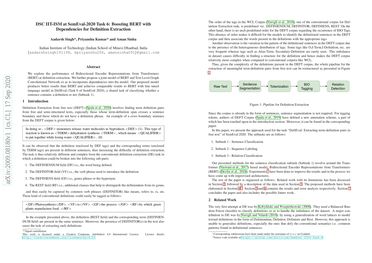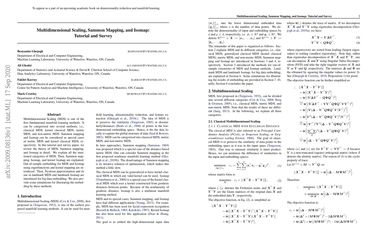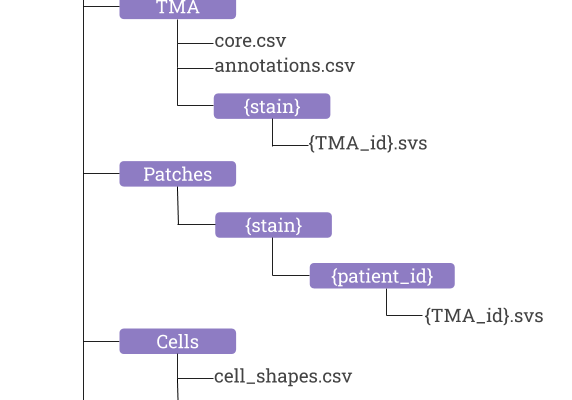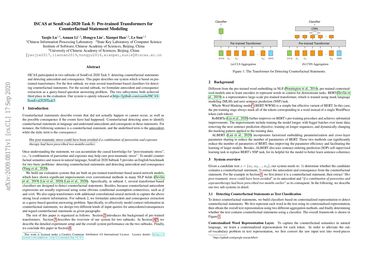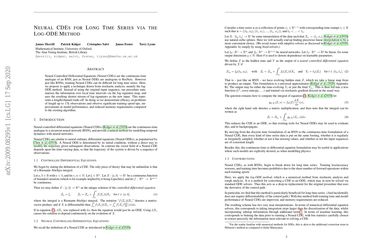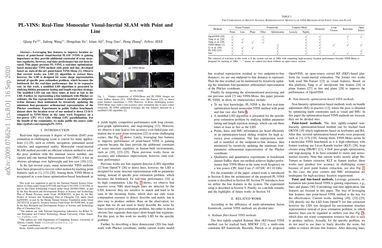Large Norms of CNN Layers Do Not Hurt Adversarial Robustness
Since the Lipschitz properties of convolutional neural network (CNN) are widely considered to be related to adversarial robustness, we theoretically characterize the $ell_1$ norm and $ell_infty$ norm of 2D multi-channel convolutional layers and provide efficient methods to compute the exact $ell_1$ norm and $ell_infty$ norm. Based on our theorem, we propose a novel regularization method termed norm decay, which can effectively reduce the norms of CNN layers… Experiments show that norm-regularization methods, including norm decay, weight decay, and singular value […]
Read more